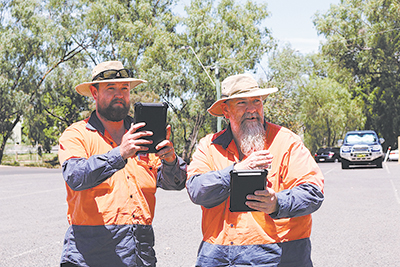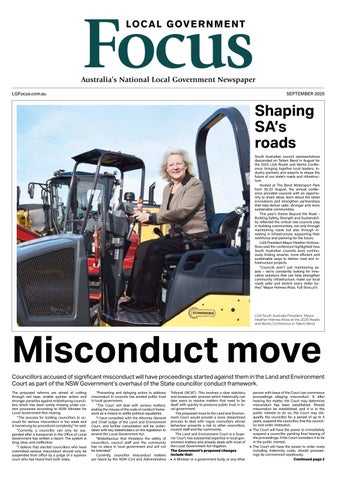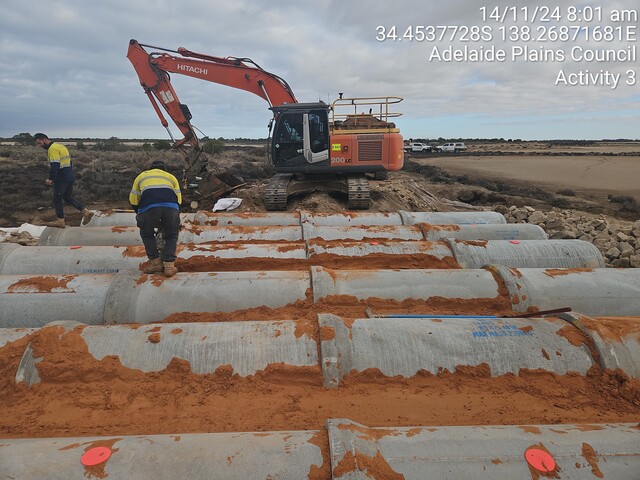Western Downs Regional Council (WDRC) in Queensland has embraced the digital age to ensure its road maintenance is faster, more efficient and ultimately delivering a more responsive service to its community.
When your local government area is the size of Switzerland and you maintain one of the biggest regional road networks in Queensland (covering more than 38,000 square kilometres) you need your maintenance crews to be as fast, efficient and productive as possible.
Embracing the digital age, WDRC’s maintenance crews recently transitioned to digital assessment and reporting and the results in time and cost savings, as well as increased productivity and efficiency, have been impressive.
Previously, paper-based systems had been used for maintenance assessments and reporting but these limited staff in their ability to not only communicate with other staff during the process, but also curtailed their ability to access the critical data they needed in the field.
Road maintenance inspections are now carried out using tablets and an assessment is completed on the spot, which is synched with email and mobile communication between staff and the depot.
The days of writing up paper reports back at the depot from notes made in the field are over.
The digital assessments are not only quick and easy to complete but detailed images of road defects are embedded into the report via digital pictures taken on site.
According to Graham Cook, WDRC General Manager, Infrastructure Services this real-time reporting allows project managers to develop comprehensive maintenance program schedules.
“Paper-based systems placed some serious restrictions on our staff, not just in terms of communication but also their ability to access and process data,” Mr Cook said.
“This slowed down our forward scheduling and execution of maintenance works. But these technological advances have allowed us to develop a comprehensive forward list of works.
“Basically, what used to take weeks now takes just hours.”
The tablets have been in use for less than one year but already have significantly improved efficiency. Not only are they faster, simpler and contain more accurate, detailed information, they also eliminate double-ups and reduce field staff’s administrative time.
Western Downs Regional Council’s Works Department aims to be fully digitalised by the end of the year and this could realise savings of more than $5 million over the following 12 months.
“This really has revolutionised our maintenance operations and when we roll that out across the entire works department we are looking at realising savings of up to 47 per cent in some activities,” Mr Cook said.








